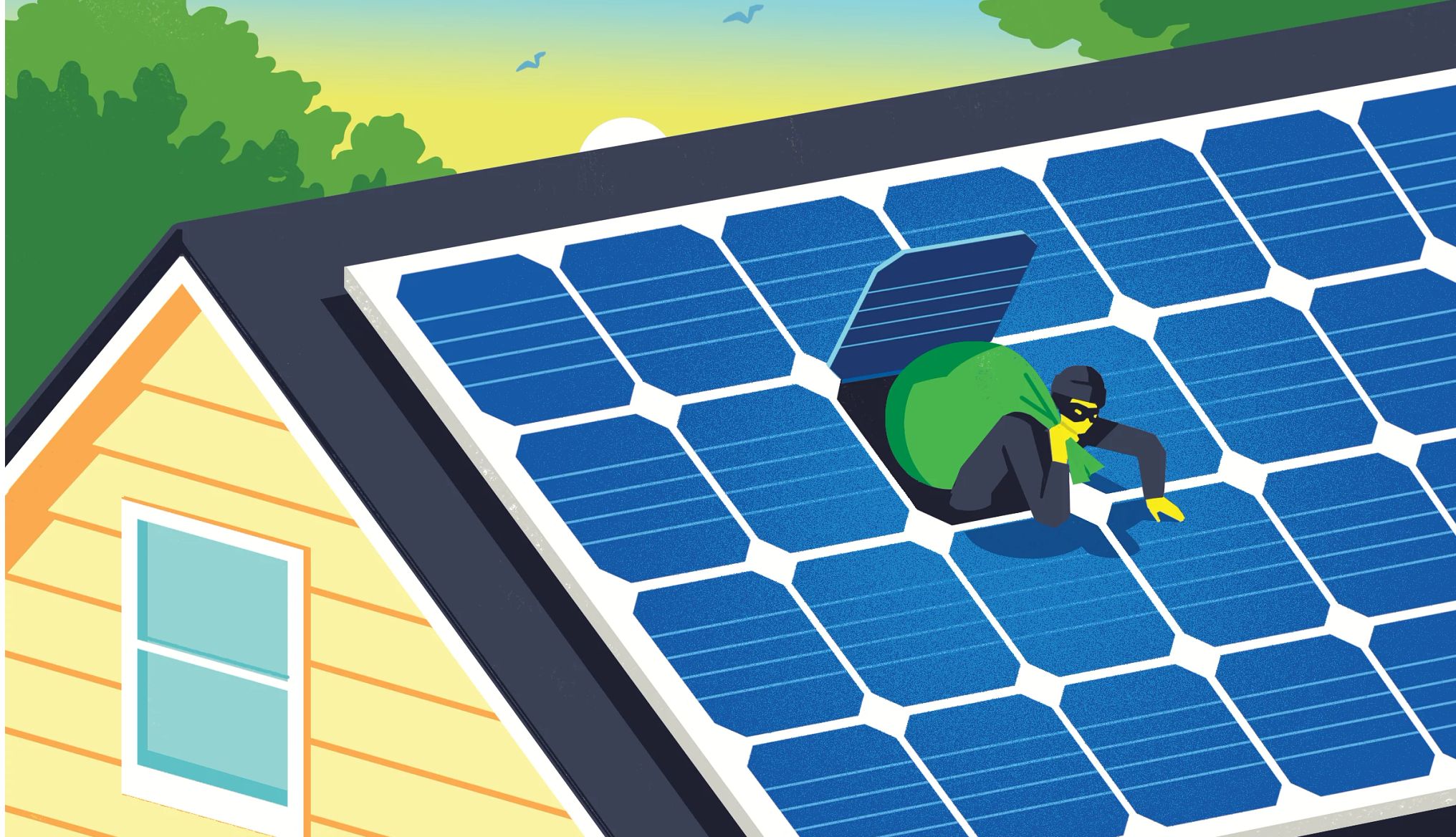As the global shift toward sustainable energy continues, more individuals and businesses are seeking renewable energy solutions like solar panels, wind turbines, and energy-efficient devices. However, the rising demand has also attracted scammers who prey on unsuspecting buyers by selling fake renewable energy equipment. This article will delve into how to identify these fraudulent sellers, the warning signs of fake products, and the measures you can take to avoid falling victim.
The Rise of Fake Renewable Energy Equipment Sellers
The renewable energy industry has become a multibillion-dollar sector. Unfortunately, this growth has provided fertile ground for fraudulent sellers who advertise counterfeit, substandard, or even non-existent products. These scams are widespread in both developed and developing regions, particularly in areas where renewable energy adoption is booming but regulatory oversight is weak.
Fake renewable energy equipment scams can result in significant financial losses, environmental harm, and frustration for individuals and businesses trying to reduce their carbon footprint.
How to Spot Fake Renewable Energy Equipment Sellers
Identifying fraudulent sellers requires vigilance and an understanding of the common tactics they use. Here are some red flags to watch for:
1. Unrealistic Prices
If the price of renewable energy equipment seems too good to be true, it likely is. Fraudulent sellers often lure buyers with massive discounts or prices significantly lower than the market average. Compare the price of the product with multiple reputable sources to verify its legitimacy.
2. Lack of Proper Certification
Genuine renewable energy equipment must comply with industry standards and certifications, such as CE, UL, or IEC certifications for solar panels. Scammers often skip this crucial step. Always ask for proof of certification and verify the details with the issuing authority.
3. Poor Online Presence
Many fake sellers operate through poorly designed websites, social media pages, or obscure online marketplaces. Look for professional websites with clear contact information, reviews, and an active presence in the renewable energy community.
4. Limited or No Reviews
Reputable sellers often have customer reviews or ratings available online. If a seller has little to no reviews or only overwhelmingly positive ones that seem fake, proceed with caution. Check for third-party reviews or testimonials to ensure authenticity.
5. Unverifiable Claims
Fraudulent sellers often exaggerate the capabilities of their products, such as claiming 100% energy efficiency or unrealistic power outputs. Research the technical specifications of the equipment and consult industry experts if needed.
6. Payment Methods
Be cautious if a seller insists on upfront payment through untraceable methods such as cryptocurrency or wire transfers. Reliable businesses typically offer secure payment methods like credit cards or PayPal, which come with buyer protection.
Important Measures to Avoid Fake Sellers
1. Research the Seller
Before making any purchase, thoroughly research the seller’s reputation. Check their website, customer reviews, and third-party review platforms. Look for any complaints or reports of fraud.
2. Verify Product Authenticity
Ensure the equipment has proper certifications and complies with industry standards. Contact the manufacturer directly to verify the seller’s authenticity and the product’s details.
3. Demand Documentation
Request documentation such as a detailed invoice, warranty, and proof of certification. Fraudulent sellers often struggle to provide legitimate paperwork.
4. Use Reputable Retailers
Purchase renewable energy equipment from established and well-known retailers or authorized dealers. They are less likely to engage in fraudulent practices.
5. Consult Professionals
Engage a renewable energy expert to help you evaluate the equipment and seller. They can provide insights into whether the deal is legitimate.
6. Be Wary of High-Pressure Tactics
Scammers often pressure buyers into making quick decisions by offering “limited-time deals.” Take your time to evaluate the offer and never rush into a purchase.
7. Use Secure Payment Methods
Always use payment methods that offer fraud protection, such as credit cards or PayPal. Avoid untraceable payment options.
What to Do If You’ve Been Scammed
If you suspect you’ve fallen victim to a fake renewable energy equipment seller, take immediate action:
- Report the Scam: Notify your local consumer protection agency, law enforcement, and any relevant industry authorities.
- Contact Your Bank: If you used a credit card or bank transfer, report the incident and request a chargeback or fraud investigation.
- Warn Others: Leave reviews or share your experience online to help others avoid similar scams.
- Document Everything: Keep all records of your communications, payments, and transactions with the seller for reporting purposes.
Final Thoughts
Fake renewable energy equipment sellers pose a significant risk to individuals and businesses looking to embrace sustainable energy. By staying informed, conducting thorough research, and exercising caution, you can protect yourself from these scams. Renewable energy is a valuable investment, and taking the time to ensure you’re working with reputable sellers will save you money, time, and frustration in the long run.
Stay vigilant, and help create a safer environment for renewable energy adoption.














